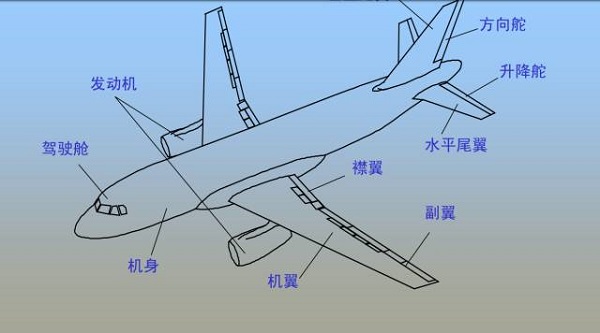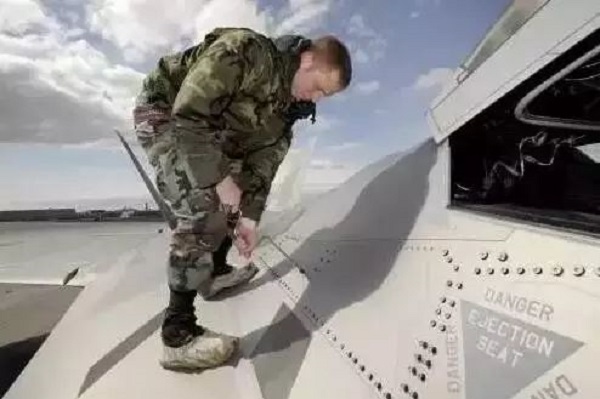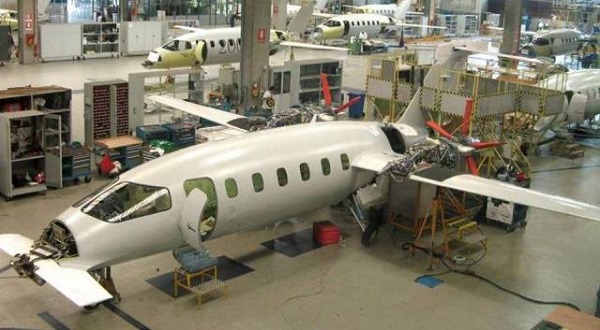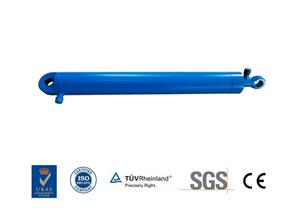Why can't welding be used in aircraft manufacturing?

Welding is a widely used technology in modern manufacturing industry. It has the advantages of fast speed, good sealing and other advantages. It has played an important role in aerospace, ship and automobile manufacturing. So, can the welding process also be used in the aircraft manufacturing process? the answer is negative. The main reasons are as follows:
The first is caused by the materials used to make the aircraft.
Prior to the advent of the Boeing 787 and Airbus A350XWB, the main material of modern aircraft was aluminum alloy. This material has an outstanding feature-extremely poor welding performance. After welding by traditional welding methods, local stress concentration in the welding area makes the metal brittle, and defects such as trachoma, bubbles, and microcracks are prone to occur, making the structure's performance in these locations lower than that of the non-welded area. This is unacceptable in aircraft manufacturing.

Although there are some special welding processes, such as friction stir welding and laser welding, the related technology is too complicated and it is difficult to ensure process stability. For the same material, the thinner the easier it is to weld. The thickness of the aircraft skin is generally only about 2 millimeters. Even if it can be welded, the difficulty will be very large, and non-general operators are competent, which is not conducive to the mass production of aircraft.
Boeing 787 and Airbus A350XWB are mainly composed of composite materials. These composite materials are made of a variety of single materials through a composite method and then made through a special process. The welding is more difficult than aluminum alloys, and manufacturers rarely use welding .
Followed by the operating characteristics of the aircraft
When the aircraft is flying at high speed at high altitude, the skin of the fuselage is under tension. There is vibration when the engine is working, and the aircraft itself will also generate vibration. The forces experienced by an aircraft on each flight are constantly changing and can cause fatigue issues. Tension, vibration and fatigue are the main reasons for the degradation of welding performance. If the aircraft works in such an environment for a long time, small cracks may occur at the weld. What is more frightening is that the cracks will continue to expand along the weld seam, even leading to the disintegration of the aircraft in the air and the tragedy of machine death. And riveting and screwing have good characteristics of anti-vibration, anti-fatigue, etc., and because of the existence of connection holes, naturally have the ability to continue to expand cracks.

The last is caused by the characteristics of the aircraft. The service life of the aircraft is generally more than 20 years. There are many complicated and precise instruments in the fuselage. During long-term use, various components may be damaged to varying degrees. Riveting is easy to repair and replace. If welding is used, the skin of the aircraft must be completely replaced, which will increase maintenance costs and single maintenance difficulty. Even if no equipment failure occurs, the aircraft needs to be regularly inspected and maintained, including the need to disassemble the connected parts for inspection and maintenance. Welding is a non-removable connection. Once disassembled, the structure is destroyed.
So why do aircraft manufacturing mainly use riveting, while aircraft and shipbuilding basically use welding? Welding has the advantages of fast speed, good sealing, etc., and has played an important role in aerospace, ship and automobile manufacturing. Riveting and welding are widely used in the manufacturing industry. Riveting has the characteristics of small connection deformation, low requirements for the connection environment, and is suitable for thin parts.




